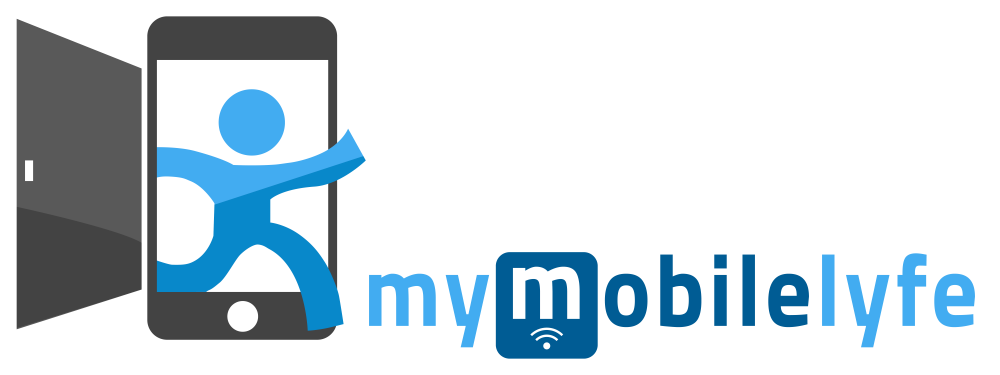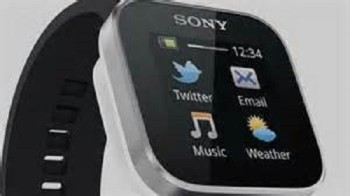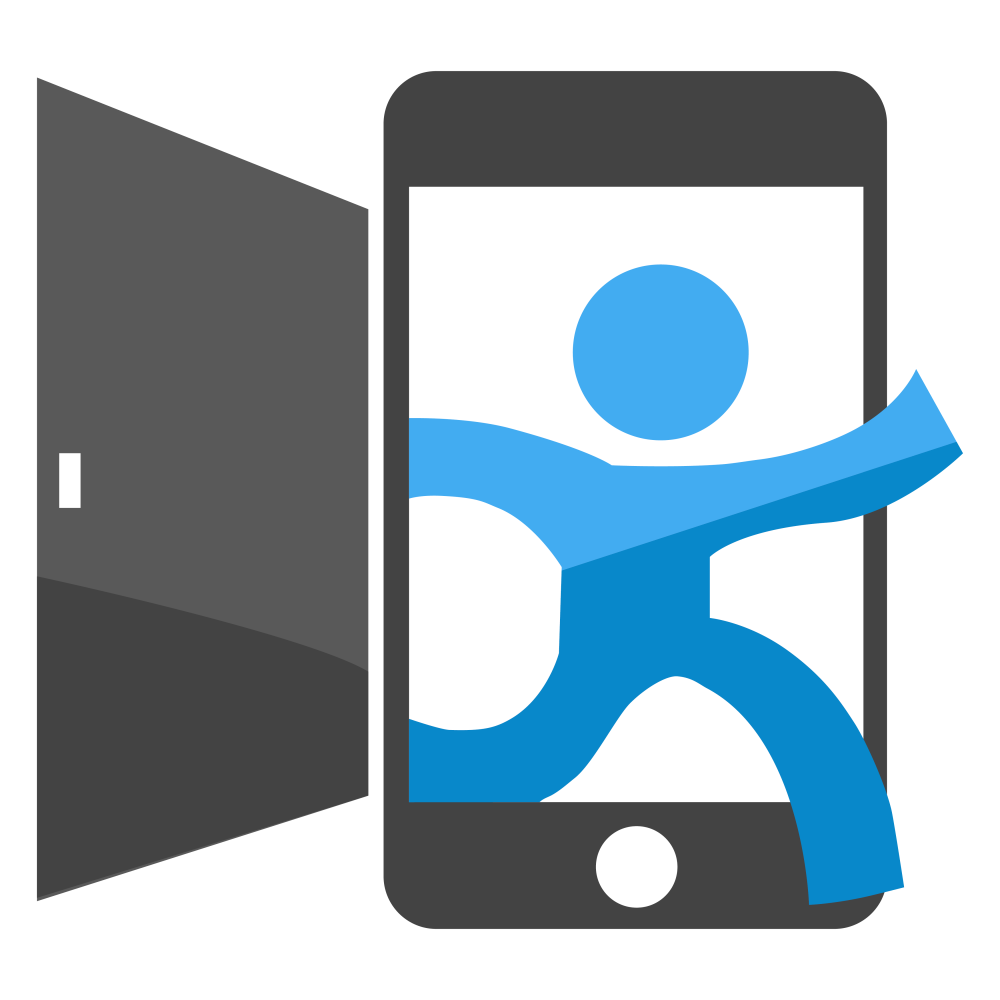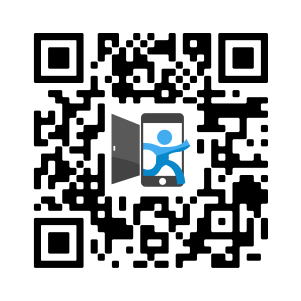The “kill switch” technology that can remotely disable a stolen smartphone will soon be standard by the summer of 2015.
 A new initiative announced this week by the wireless trade group CTIA has the backing of phone manufacturers Apple, Google, Samsung, Microsoft and others, and wireless carriers including AT&T, Sprint, T-Mobile and Verizon.
A new initiative announced this week by the wireless trade group CTIA has the backing of phone manufacturers Apple, Google, Samsung, Microsoft and others, and wireless carriers including AT&T, Sprint, T-Mobile and Verizon.
Under the terms of the Smartphone Anti-Theft Voluntary Commitment, smartphones manufactured after July 2015 for sale in the United States will have the technology to render the phone inoperable if it is stolen, remotely wipe out all data, and prevent reactivation without the authorized user’s permission.
The technology would also allow the reversal of the smartphone’s inoperability and retrieval of data if it is recovered by the authorized user.
The technology will be offered at no cost to consumers.
As we have posted before, theft is a serious problem confronting owners of mobile devices. In major cities like New York and San Francisco, smartphone theft accounts for half of all robberies.
It is estimated that it costs consumers about $580 million a year to replace stolen smartphones and about $4.8 billion a year in premiums to insure the handsets. The idea is for the disabling technology to be an effective deterrent by making the smartphones worthless to thieves.
The pledge marks a reversal by wireless carriers, which had resisted pressure from state lawmakers to make the kill-switch technology mandatory.
California legislators earlier this year introduced a bill requiring the technology to be installed in smartphones, and Minnesota’s legislature is poised to adopt a similar bill. Federal lawmakers proposed legislation in the House as well.
The CTIA had also originally opposed making the technology mandatory, citing potential hacking and privacy risks that could affected entire groups of smartphone customers.
Says Steve Largent, president and CEO of the CTIA:
“We appreciate the commitment made by these companies to protect wireless users in the event their smartphones are lost or stolen. … At the same time, it’s important different technologies are available so that a ‘trap door’ isn’t created that could be exploited by hackers and criminals. By working together with policymakers, law enforcement and consumers, we will deter theft and protect users’ personal information on smartphones.”










Recent Comments